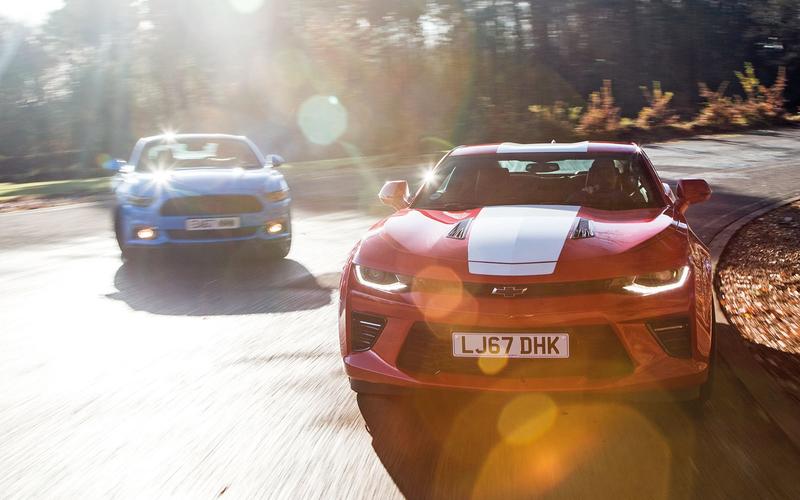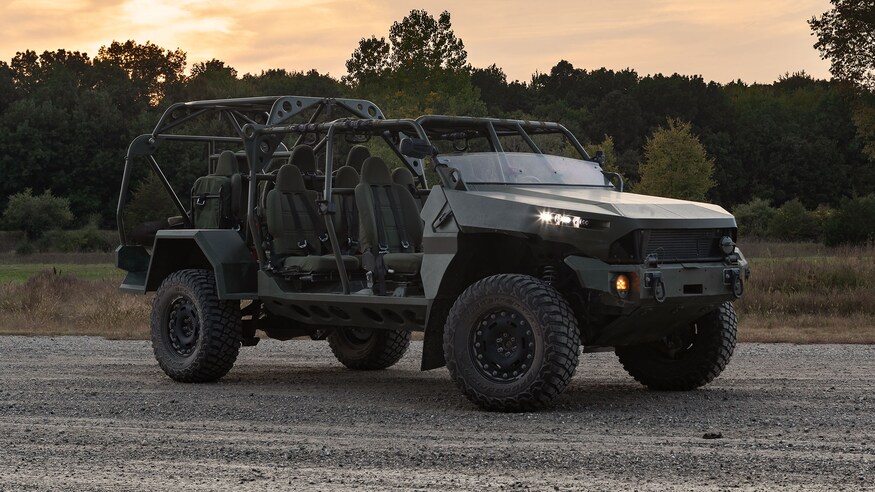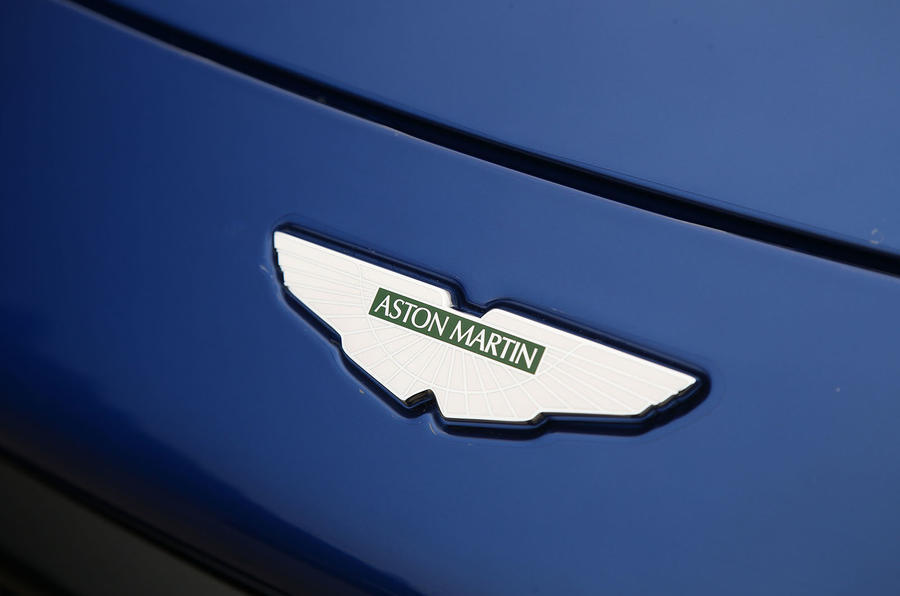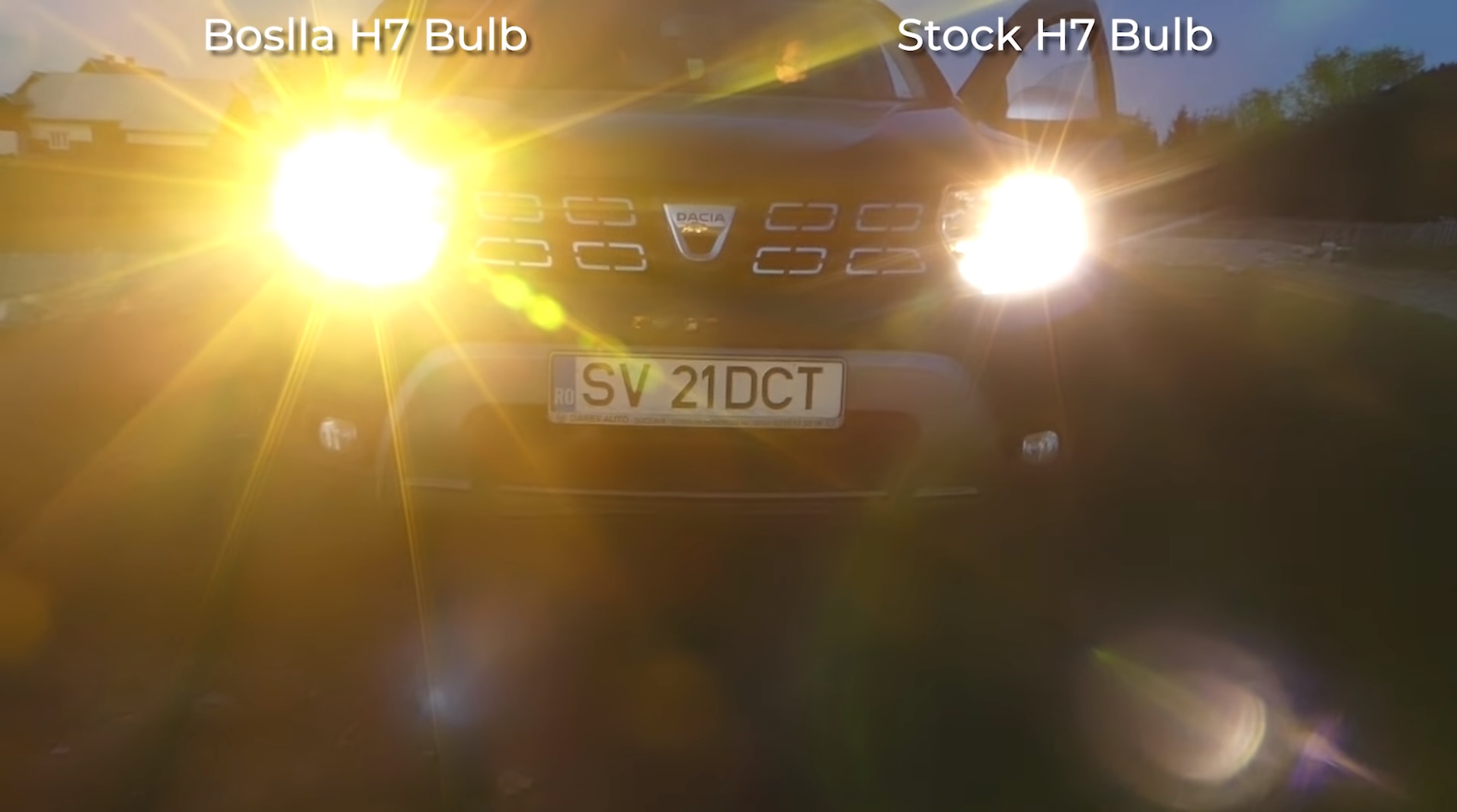
Top 10 Rivalries In Car Industry
Racing is often the source of the conflicts that seep into showrooms and enthusiasts have a tendency of escalating them by taking sides. With that said, rivalries are ultimately good for motorists because they force companies to surpass themselves year after year.
10. Bentley vs. Rolls-Royce

Rolls-Royce owned Bentley from 1931 to 1998 so the two companies competed on friendly grounds; their cars often used many of the same parts. Bentley began moving in a sportier direction after Vickers took over both brands in 1980 but it didn’t truly blaze its own path until it joined the Volkswagen empire in 1998. Rolls-Royce was briefly part of it, too, though a complicated latticework of deals put it under BMW’s watch.
22 years after the messy split, these two icons of British luxury have become bitter rivals in a number of market segments, including the hotly-contested SUV market. Bentley’s Mulsanne and Rolls-Royce’s Phantom (pictured) are among the most luxurious four-door models in the world but the former has recently left production. It’s a move that has left the Phantom in a class of one, at least for now.
9. Bugatti vs. Koenigsegg

The limited-edition Bugatti Veyron was certified as the world’s fastest production car when it reached 267mph in 2010. Koenigsegg toppled it in 2017 by sending an Agera RS to 278mph on a closed, 11-mile stretch of Nevada State Route 160. Bugatti couldn’t let this offensive go unanswered so it started designing an evolution of the Chiron (pictured) capable of effortlessly crushing the new record.
Bugatti became the first carmaker to break the 300mph barrier with a production-bound street-legal car when intrepid test driver Andy Wallace reached 304mph behind the wheel of a Chiron Super Sport 300+ in 2019. The company then exited the top speed race to focus on other projects it hasn’t fully detailed yet. In 2020, Koenigsegg unveiled an evolution of the Jesko named Absolut (pictured) capable of reaching 330mph, according to computer simulations, but it hasn’t found where to test it yet. Oddly, it also said its quest for speed is over regardless of whether it manages to snag the crown from Bugatti.
8. Ferrari vs. Ford

1966 Le Mans
The rivalry that opposes Ford and Ferrari was entertainingly documented by a movie named Le Mans ’66 in 2019. We won’t spoil it for you, but the premise is that Ford tried buying Ferrari, then an independent company, in the early 1960s but its delegation returned to Michigan empty-handed after the negotiations stalled. Executives then launched a no-holds-barred campaign to defeat and embarrass the Italian firm where it hurts most: on the track. Its first few attempts at victory failed but it finally captured first place in 1966 (pictured) with the help of Carroll Shelby (1923-2012). It won again in 1967, 1968, and 1969.
Its GTE-Pro-spec GT (pictured) narrowly beat Ferrari’s 488 GTE to win first-in-class, though the Porsche 919 Hybrid took first overall. Satisfied with its trophy, Ford announced plans to shutter its factory-backed endurance racing program after the 2019 season.
7. Audi RS 6 Avant vs. Mercedes-AMG E63

Mercedes-Benz initially didn’t see the appeal of putting a big engine in a car that looks like it belongs in the Ikea parking lot. The success of Audi’s first-generation RS 6 Avant, which traced its roots to the RS 2 Avant released in 1994, changed the company’s mind. It made the E63 available as a long-roof in 2007.
The competition continues 13 years later. The RS 6 Avant and the E63 both use a 4.0-litre, twin-turbocharged engine tuned to send about 600bhp to the four wheels. Autocar concluded the Audi lacks the AMG’s overall engagement but beats it as an everyday car. It’s a very, very close fight.
6. Ford Bronco vs. Jeep Wrangler
Ford will resurrect the long-dormant Bronco nameplate in 2020 on an off-roader aimed directly at the Jeep Wrangler. We’re surprised it’s taken this long; the Wrangler has been without a direct rival since the first-generation model made its debut in 1986. Toyota’s FJ Cruiser came close but it wasn’t offered with a removable hard top, a defining feature in the constitution of the Wrangler’s character.
The countless leaks, reports and spy shots confirm the born-again Bronco will be a true Wrangler competitor. It will arrive as a burly, body-on-frame off-roader with a removable top, two- and four-door variants and a long list of accessories for owners who want to modify it. Its official debut is scheduled for the summer of 2020 and it’s expected to arrive in American showrooms for the 2021 model year.
5. Land Rover Series vs. Toyota Land Cruiser

Land Rover’s Series I (pictured), II and III models and the different variants of Toyota’s Land Cruisers took thousands of explorers to uncharted and inhospitable places from the 1950s to the 1970s. Their remarkable simplicity made them relatively quick and easy to mend with basic tools and their off-road capacity allowed them to trudge through terrain that stopped other 4x4s dead in their tracks.
Land Rover replaced the Series III with the 90/110 (which later became the original Defender) in 1983. Toyota pushed its do-it-all off-roader in a more modern direction when it launched the 70 Series Land Cruiser in 1984; it’s still produced in 2020, against all odds. The second-generation Defender introduced in 2019 doesn’t compete directly with the full-size Land Cruiser but some versions of it fall in the same segment as the smaller Land Cruiser Prado sold in numerous markets around the globe.
4.Mitsubishi Lancer Evolution vs. Subaru WRX STI
The rivalry between these two hallowed nameplates started in the World Rally Championship (WRC). Finnish pilot Tommi Mäkinen won the driver’s championship behind the wheel of a Mitsubishi Lancer Evolution in 1996, 1997, 1998 and 1999 while the Impreza (which wasn’t called WRX STI yet) earned Subaru the constructor’s title between 1995 and 1997. Both companies ultimately left rallying but the rivalry continued on the road and, significantly, in video games during the 2000s.
In 2020, the WRX STI (pictured) is the clear winner. It’s still in production, and the next-generation model is around the corner, while Mitsubishi stopped making the Lancer Evolution in 2016. We’ve heard reports the nameplate will return on an SUV but the Evo as we knew and loved it is long dead.
3. Chevrolet Camaro vs. Ford Mustang

Ford caught America by surprise when it released the original Mustang in 1964. It was aimed at the Corvair but Chevrolet quickly concluded it needed to develop a new model to counter it. It launched the Camaro in late 1966 and the rivalry between these two nameplates has taken on epic proportions since.
In 2020, the Mustang and the Camaro are the last pony cars standing; they’re both in their sixth generation. They’re design-led, heritage-laced models available in a dizzying number of configurations. Buyers can order either as a coupe, as a convertible, with a reasonably efficient turbo four or with a huge V8. While they come standard with a manual transmission and rear-wheel drive, they’re available with the same basic 10-speed automatic transmission that Ford and General Motors developed jointly.
2. BMW vs. Mercedes-Benz

BMW and Mercedes-Benz spent decades minding their own business. While the former made (and raced) feisty family cars, the latter played in the luxury segment and elevated its image by manufacturing massive limousines driven by the world’s elite. Chinese ruler Mao Zedong (1893-1976) wouldn’t have been caught dead drifting a 2002 Turbo around a bend but he happily paraded in a 600 Pullman. The era of détente ended in the 1980s when BMW turned the luxury dial up and Mercedes took a fancy to sportiness.
1. Ferrari vs. Lamborghini

Ferruccio Lamborghini (1916-1993), a wealthy industrialist from northern Italy, launched the carmaker that bears his name in 1963 because he was tired of spending money on fixing his Ferrari. Lamborghini was envisioned as Ferrari’s arch nemesis before it even built its first car. Enzo Ferrari (1898-1988) may not have paid much attention to his rival’s first car, the 350GT, because high-end coupes made by small companies were a dime a dozen at the time but he couldn’t ignore the mid-engined Miura released in 1966; it changed the supercar segment forever. Ferrari’s first mid-engined, 12-cylinder road car arrived in 1973.
Ferrari is independent, though it was part of Fiat for decades, and Lamborghini has thrived under the Volkswagen umbrella since 1998.
Source: Autocar.co.uk
















:format(jpeg):quality(80)/http://nineteen.promotor.ro/wp-content/uploads/2020/10/Dacia-Duster-blindata-pentru-Armata-Romana-8.jpg)
:format(jpeg):quality(80)/http://nineteen.promotor.ro/wp-content/uploads/2020/10/Dacia-Duster-blindata-pentru-Armata-Romana-7.jpg)